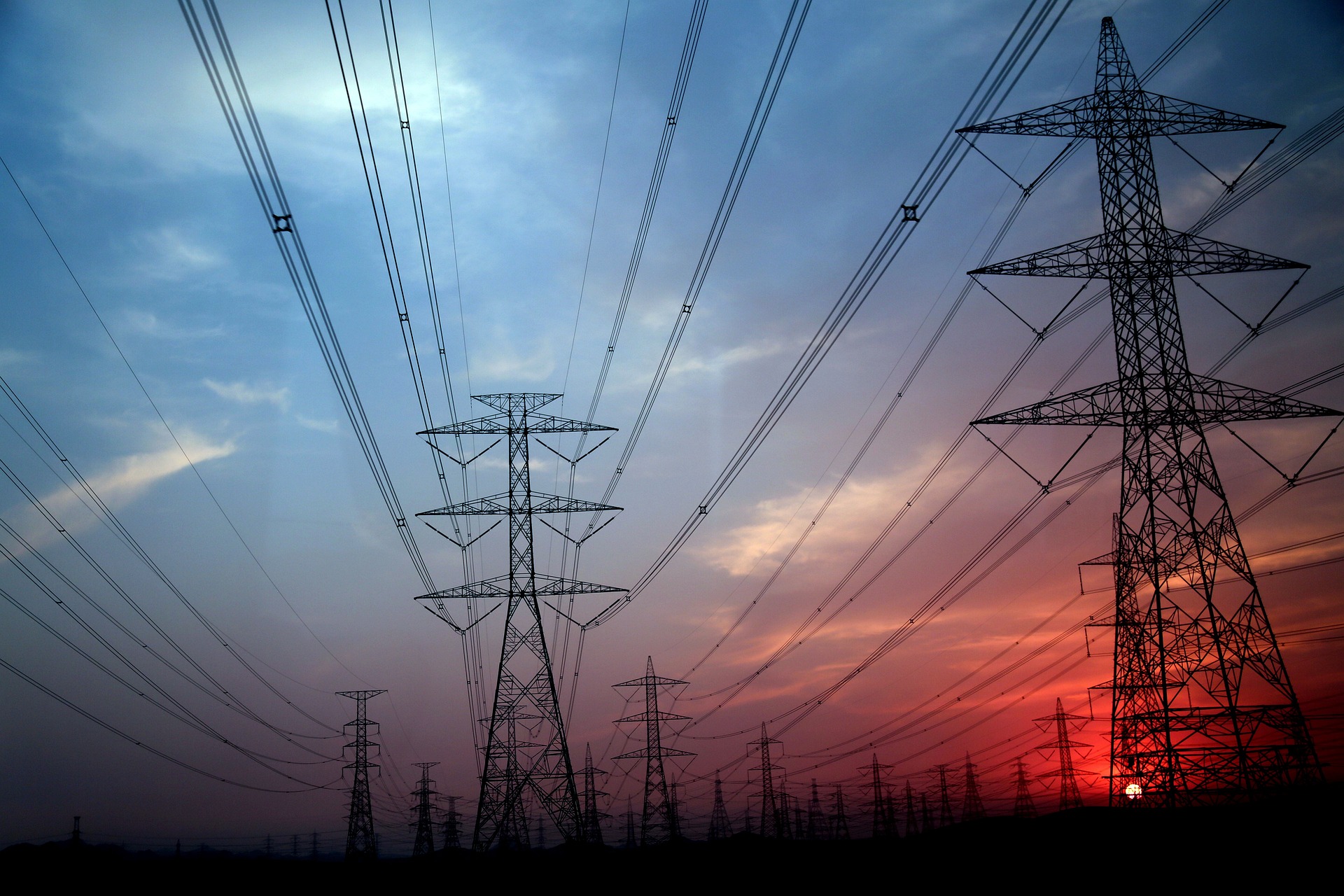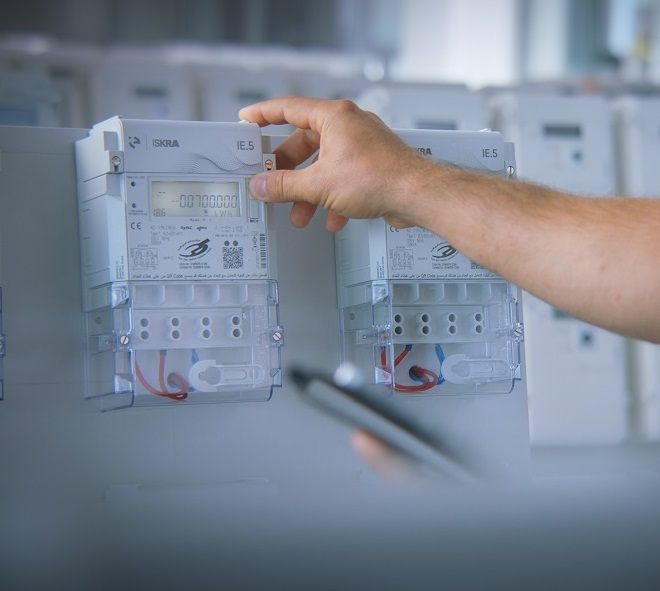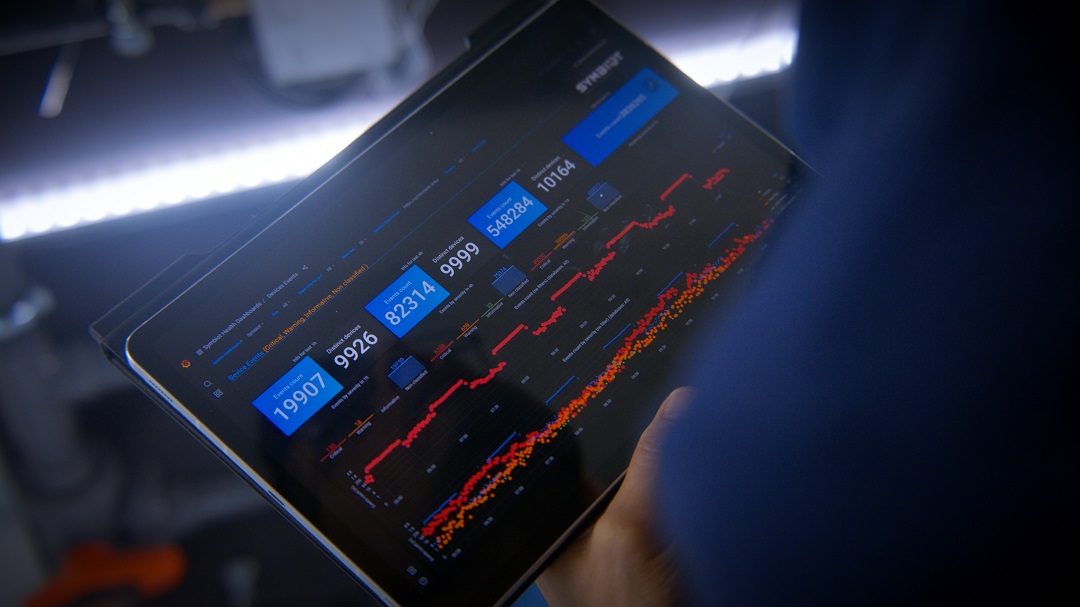Challenges
Addressing the increasing pressure on the electrical grid.
As the electrical grid evolves, there’s a rising number of devices ranging from household appliances to renewable energy resources, climate control systems, and electric vehicle infrastructure.
This expansion places significant pressure on the grid, intensifying the complexity and increasing the risk of instability.
In response to these challenges, Iskraemeco has developed a Digital grid solution equipped with advanced monitoring systems, real-time data analytics, and efficient energy management to ensure grid stability and optimal resource utilization.






